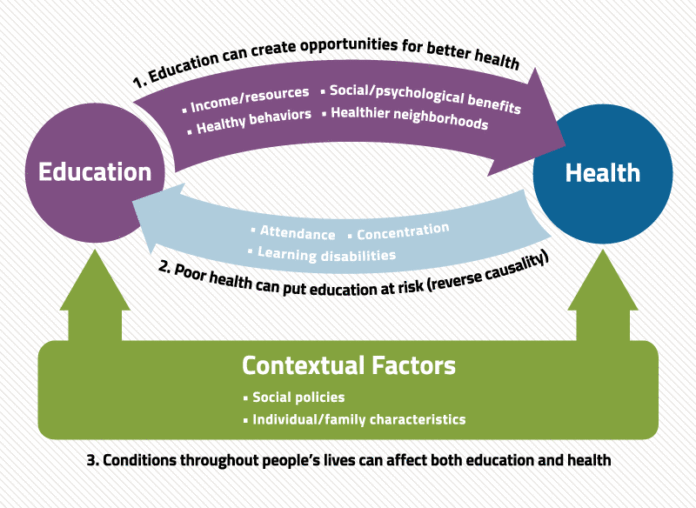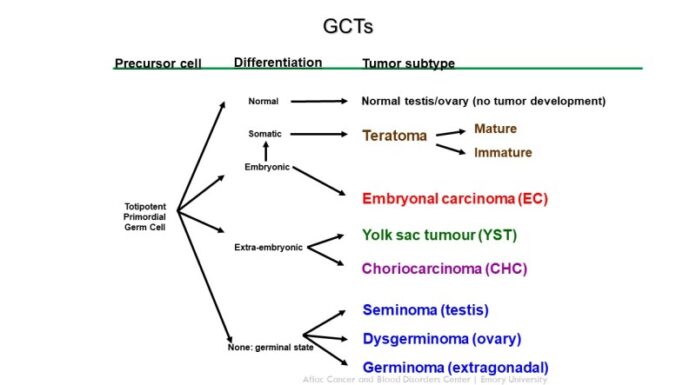The health issues that are most important today are chronic illnesses. The scope of chronic illnesses, different incapacitating disorders, and the financial cost they entail have all been well-documented. Health education and health educators will be expected to help lessen the negative effects of major health issues like obesity, accidents, mental illness, cancer, dental disease, and other neurological disturbances. They will also be expected to help people make the necessary adjustments for an active old age.
Examining some of the differences between approaches that have been successful in addressing the issues of acute communicable diseases and those that are available for addressing today’s issues may help to clarify the new and special role that health education plays in helping to address these issues.
DISEASE PREVENTION
The methods used to treat today’s health concerns are less exact and specific than those used to treat infectious diseases in the past. Public health professionals now have particular tools for preventing these diseases, including vaccination, immunization, access to clean water and milk, sanitary sewage disposal, and insect vector control. These precautions, when used correctly, have shielded individuals from a number of communicable diseases. However, there are antibiotics and other chemotherapy medicines that are particular and successful in cases where people do not take advantage of these preventative measures and develop a particular disease. There are no such specifications for preventing chronic illnesses, aging-related degenerative ailments, or accidents.
However, advances in medical research have made it feasible to prevent some of the most severe side effects of many chronic conditions. Other than modifying behavioural patterns, there is no specific preventive measure for accidents or obesity.
The differences in how these diseases manifest themselves are closely tied to the lack of precise and specialized treatments for chronic diseases. The beginning of chronic disorders, such as infectious diseases, is far more sneaky than the development of acute conditions. The motive to act in response to the steadily escalating issues of chronic disease is therefore not nearly as strong as it was in relation to the motivation to act in order to prevent communicable infections.
It can be challenging to educate people about the physical changes that come along with chronic conditions because their development is gradual. Early disease diagnosis necessitates either routine testing or examinations when the patient is well, or developing the ability to recognize small functional changes in himself and seeking medical assistance before the condition has advanced too far.
OBSTACLES TO HEALTH EDUCATION
The mission of health education, which is already challenging for a variety of reasons, is made even more challenging by the lack of precise methods for preventing today’s illnesses as well as by the lack of entirely efficient treatment techniques. The acts that health educators aim to encourage people to take to prevent or treat disease are less well defined than were the actions required to control the infectious diseases because control processes are ambiguous. By the same token, the link between the desired behaviors and the efficient management of chronic disease is far less clear to the general public.
There are additional difficulties in stimulating appropriate individual action to prevent or control the chronic diseases. A single action, such as being vaccinated or immunized, protects a person for a period of time—often for a long period of time—whereas the actions that must be taken to prevent further disability from a chronic disease often require a complete change in the pattern of one’s daily living. Changing one’s diet and changing the kinds and amounts of physical and mental activity permitted require radical readjustment in an individual’s life. Because it is not possible to define adequately the actions persons should take, because these actions do not seem to relate directly to prevention of a condition, and because these actions may require radical changes in life, it is extremely difficult to effect desirable changes in behavior.
Present-day health problems differ from those with which public health traditionally has been concerned in the amount of individual understanding necessary to prevent and cure the diseases or to avoid accidents. Avoiding disability and death from these causes depends a great deal more on individual understanding and action than did the prevention of the infectious diseases.
Not every person needs to know about or take specific preventive action to be protected from a communicable disease. For example, if a community, through the action of a few of its citizens and its government, installs a safe water supply and sanitary sewage disposal, all members of the community will benefit. The immunization of even a few children in a community affords some protection to the others, for each immune child in a population reduces the chance of transmission of the disease.
With the prevalence of accidents and chronic diseases, such community protection is not feasible. To profit from the different strategies that medical science has developed for preventing or controlling the diseases of today, each individual must take the appropriate steps. Not only must the person take the action, but he must do it early in the course of the condition, while the results of medical research will still be helpful to him. However, even when he makes an effort to stay away from dangers and take all advised precautions, he is not always safe until other people are aware of what to do and actually do it.
CURRENT HEALTH EDUCATION CONTENT
The examination of educational challenges in dealing with today’s health issues that came before highlights the difficulty that health educators must overcome. Let’s examine a few ramifications of this dilemma for educational methodology and content, as well as where we should focus our efforts.
If the challenge is to be met, most of the educational efforts must be concentrated upon adults outside the classroom where the problems may arise. It will not suffice to give students in grade school or even in college a body of the latest scientific information and expect them to use the information when they reach the age when chronic diseases are most prevalent. Such an expectation overlooks an important research finding in psychology—we forget rapidly information that is not functional in our daily lives.
But even if people did remember everything they learned in grade school or college, would the latest scientific information of today serve as guides to the behavior of students when they become older? Certainly everyone would hope not, for with the dynamic nature of medical research today, there is every indication that many of the tools for dealing with the diseases of today will become much more precise. If the limited information now available were remembered and used by students in later life, it might serve as a deterrent to the real action the students should take. . . .
What, then, should be the educational focus? Rather than concentrating on imparting an organized series of health facts, should the major emphasis not be on developing among students skill in solving health problems when they occur? In every school or college, some health situation is constantly arising in which individuals or groups must take action for their health. All too often, instructors decide upon the action to be taken without giving students the opportunity to gather information regarding the problem, to evaluate it, to develop their own solution, and to put these solutions into operation.
However, if students have the experience of choosing choices, they will learn how to compile relevant information from various sources—a much more significant accomplishment than having amassed a substantial body of knowledge on health. They will also have the chance to learn how to discern reputable information apart from unreliable information. This latter ability is especially crucial right now because, given the speed at which scientific knowledge is developing, it is frequently difficult to tell the difference between legitimate study and the extravagant claims of quacks or the enthusiastic desire for attention on the side of a pseudoinvestigator.
The fact that the necessary actions to address the current problems frequently conflict with some of our old value systems should be taken into account as another component of the educational content of today’s health challenges. We have always been a pioneering people, more interested in improving our economic well-being and the nation’s than the health and other risks that came with the territory we were clearing. As a result, we oftentimes have a negative attitude toward someone who is worried about staying out of harm’s way or who takes appropriate precautions to be healthy and avoid getting hurt or sick. Could this value system be partially to blame for the disregard for health regulations, hazardous circumstances in and around the home, or the propensity to take unwarranted risks in order to beat the clock? Should we not reconsider a shift in the implied support, if not explicit praise, that our culture places on those who flout the laws governing health and safety now that we are no longer pioneers in the sense that we do not need to incur unnecessary physical risks in order to advance? If society frowned upon taking irrational and pointless risks, it might serve as a true catalyst for effective action to curb the effects of chronic illnesses and accidents.
SUMMARY
We are currently dealing with a number of health issues that call for individual action. Education is required to bring about that action. The insidious nature of the chronic diseases, the lack of any action that individuals may take, the age group that needs to be affected, the numerous agencies involved, and the requirement for changing some of our cultural patterns and value systems make the task unusually challenging. The challenge facing the field of health education is this.





























